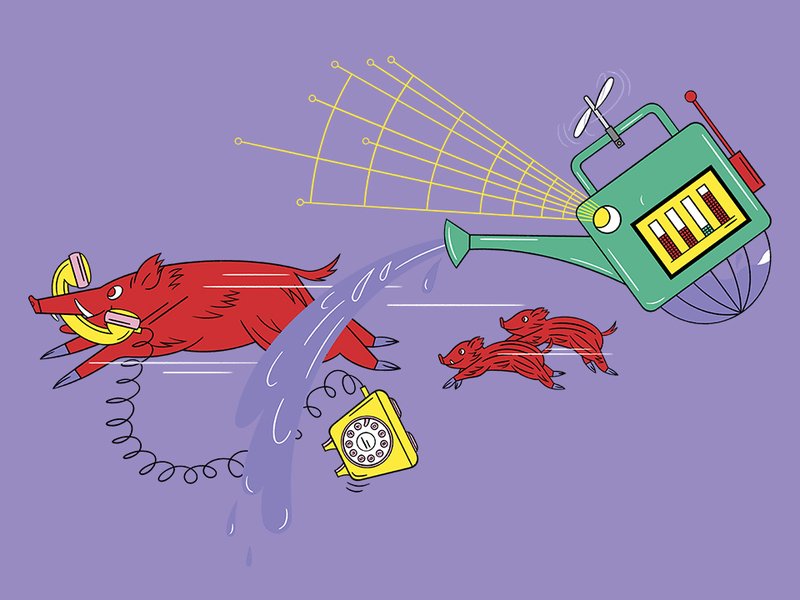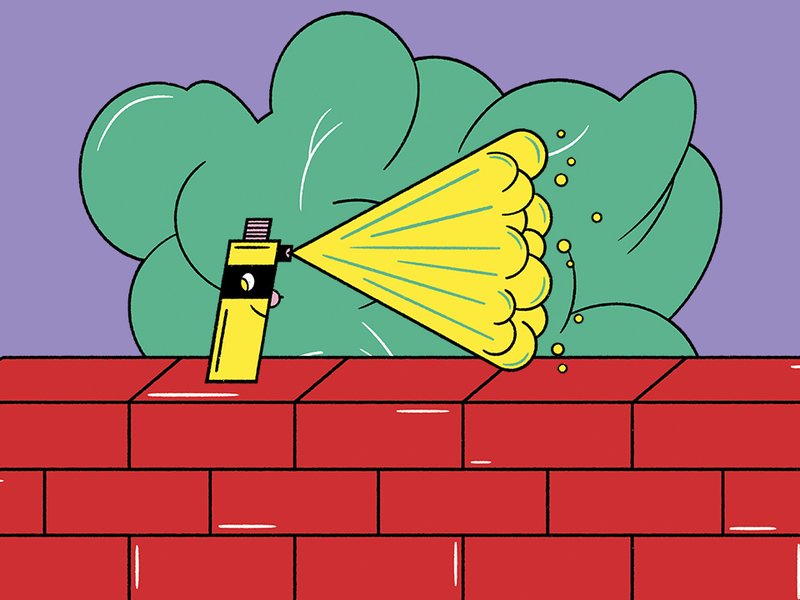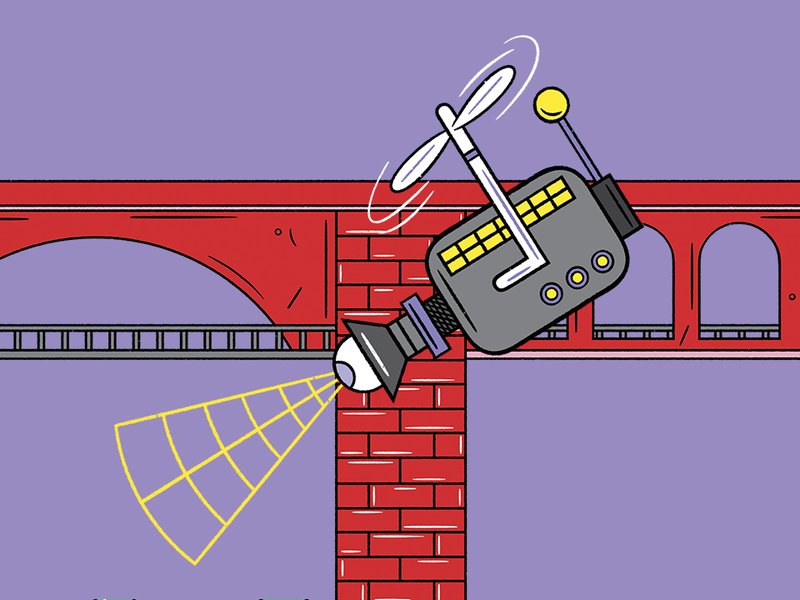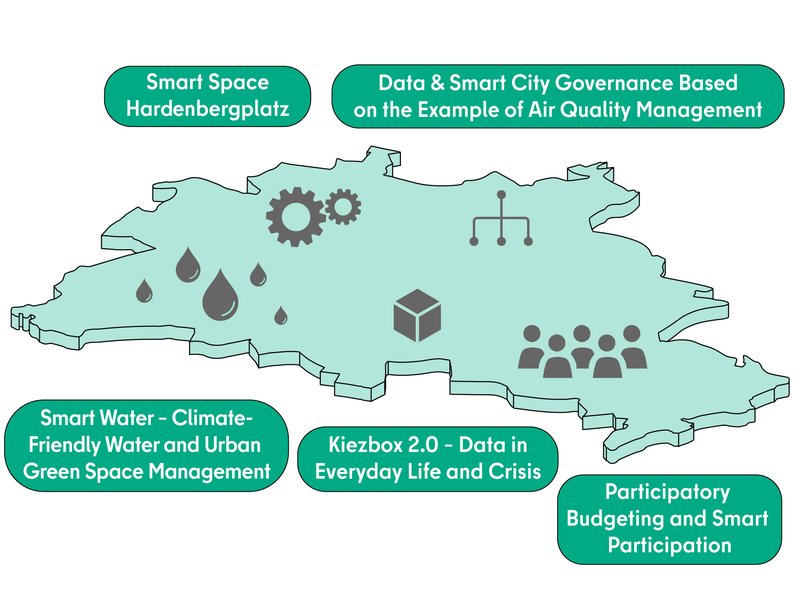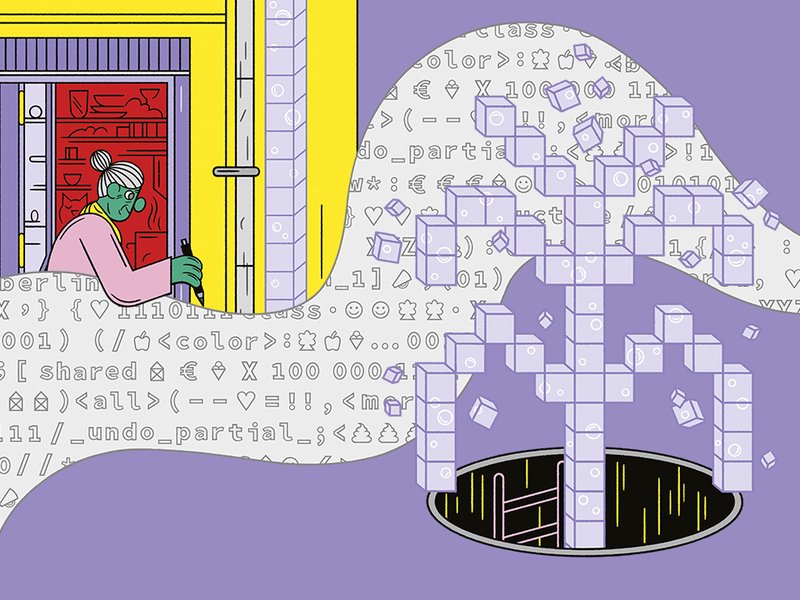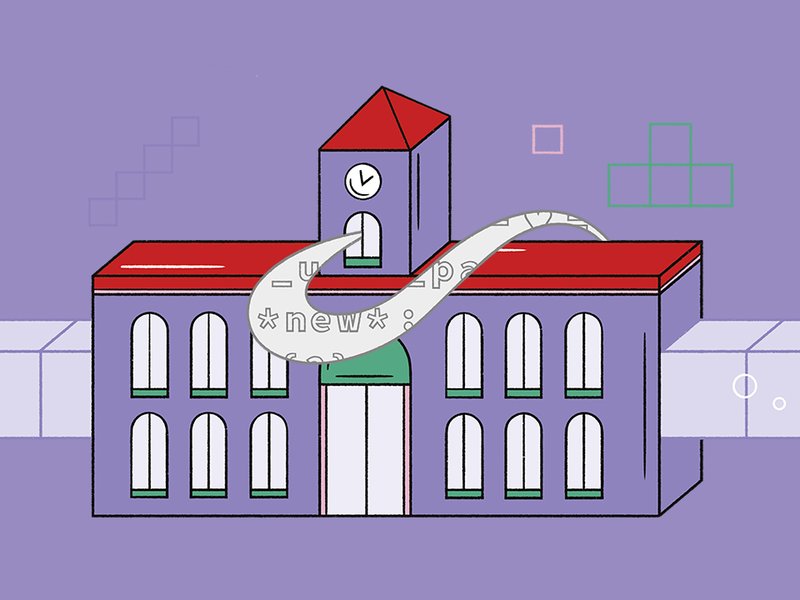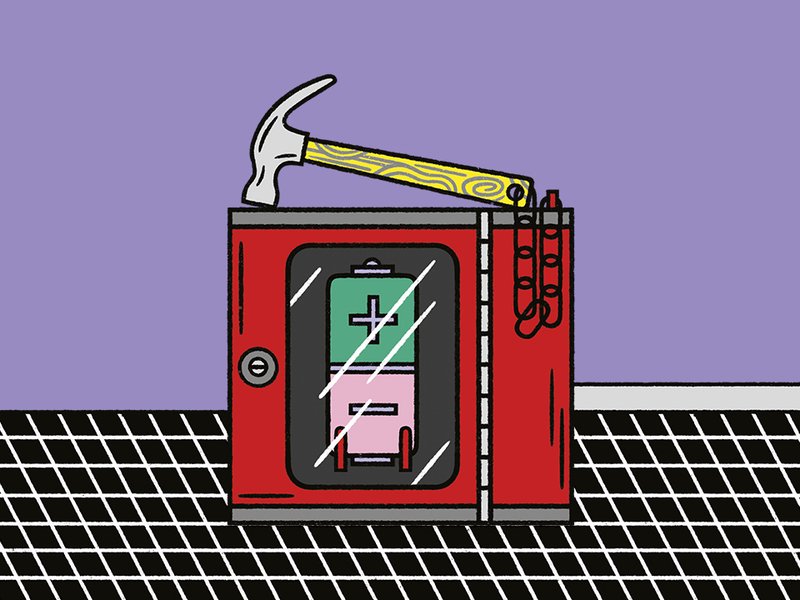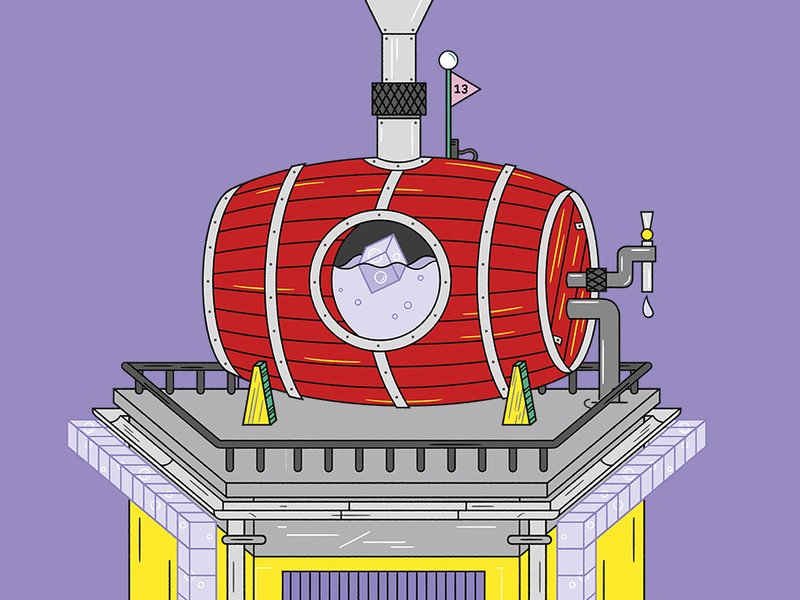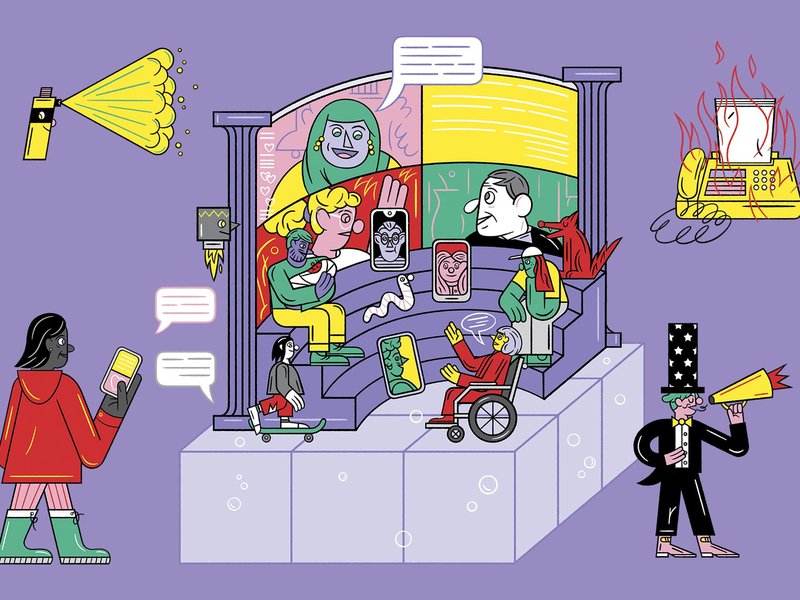Development of new measures
Once the GD:B strategy has been adopted, the first measures will be implemented by the end of 2023. As a learning strategy, it also defines a procedure for developing new measures for Berlin on a participatory basis and incorporating these into the GD:B strategy. An online platform provides the framework for this. As an Arena of Ideas, the aim is to enable ideas, challenges and solutions to be submitted which can in turn be qualified and further developed.
The Arena of Ideas offers all actors within the urban community the opportunity to contribute ideas, discuss them and refine them further based on the strategy. It creates visibility for the diversity of ideas generated within Berlin’s urban community and provides a common platform for Smart City Berlin actors. Actors can take responsibility for the ideas they bring to the table and are networked with each other according to their skills and expertise. This allows similar ideas to be merged and worked on jointly in consortia. The Arena of Ideas also enables people to raise challenges within the urban community so as to be able to develop solutions collaboratively. Proposals can come from all interested stakeholders, whether civil society, startups and SMEs, or research institutions.
The Arena of Ideas forms the basis for feeding new measures into the strategy implementation process. Ideas developed and solutions proposed are qualified in such a way that they become part of the GD:B strategy as measures. Measures are selected taking into account the criteria developed based on the Values Compass (see Chapter 5: Governance and Annex). Measures can also be developed from within the Berlin Senate and district administrations. For this reason, numerous measures in the area of administrative digitalization are listed in the Online Access Act (OZG) [36] and the Berlin E-Government Act [37]. These can be implemented as part of the GD:B strategy.
